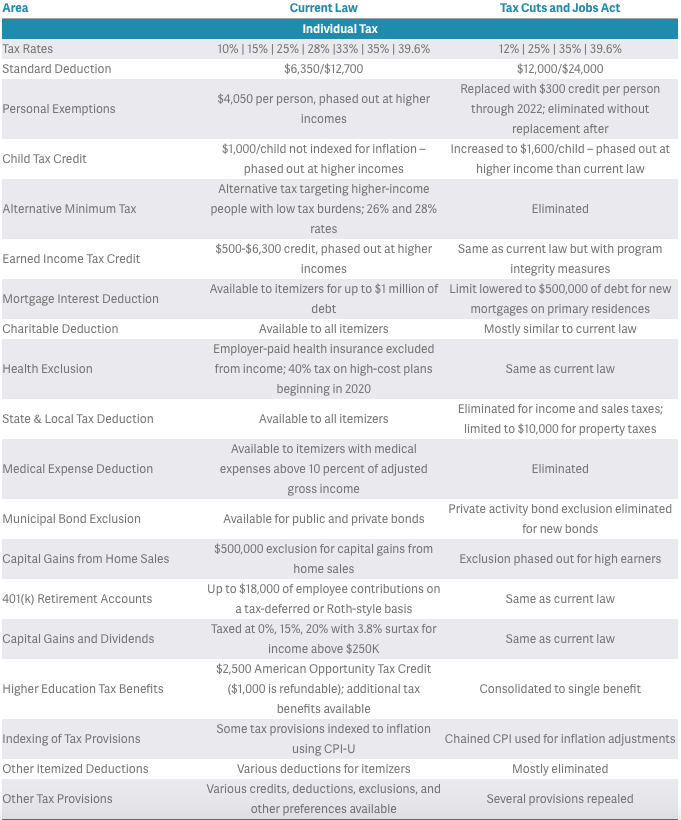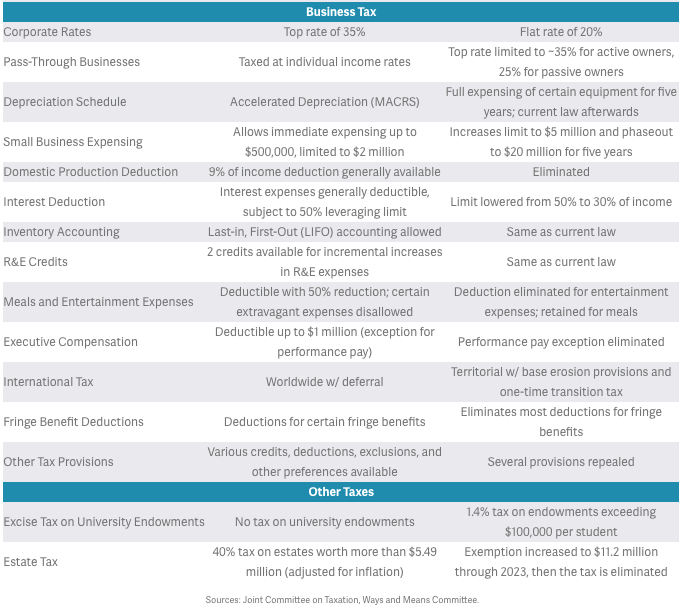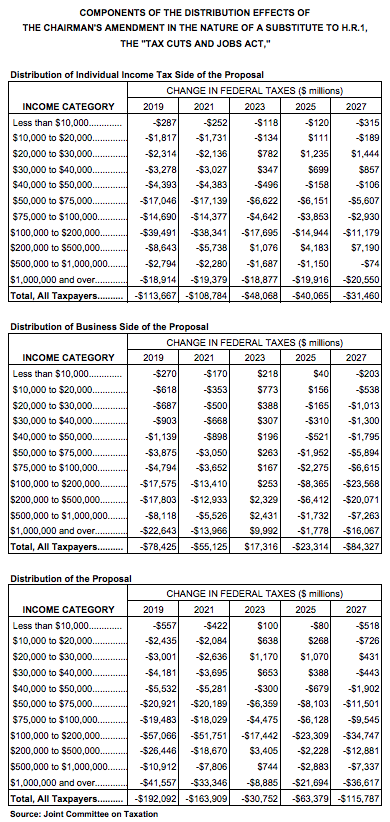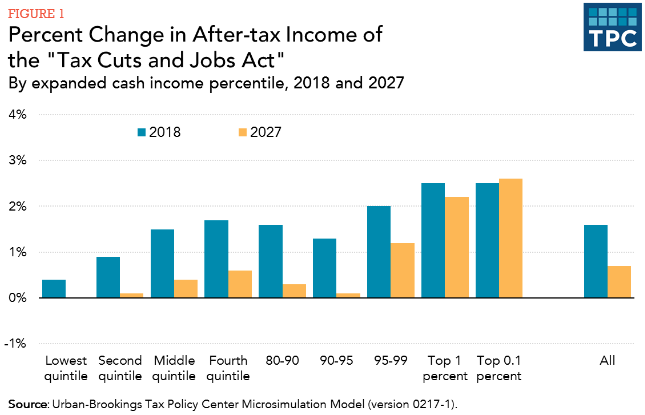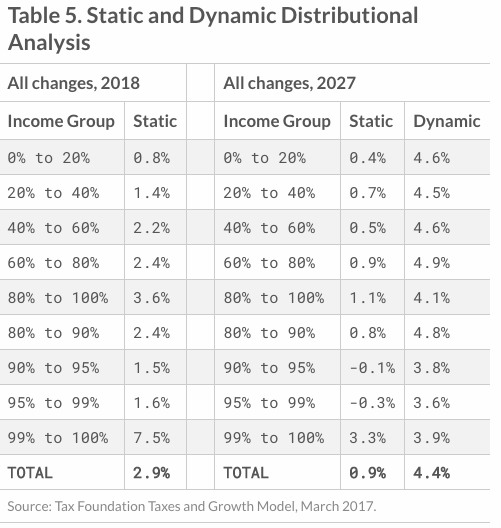It’s a busy time in the governmental realm. Billings recently concluded its municipal elections and passed a $2.75 million mill levy, the Governor called legislators back to Helena for a special session, and tax reform is at the top of the priorities list for Congress. We’ll save the local and state issues for another post—for now let’s focus on tax reform.
We’ve received a number of questions from members about the Billings Chamber’s position, the provisions of the Tax Cuts and Jobs Act (TCJA), and where to find more information. It is important to keep in mind, at this point, the bill has a long way to go before it is sent to the President’s desk and it will be subject to numerous amendments and changes. Hopefully this post will clear up your questions and help find additional information.
Billings Chamber’s Position
Due to the likelihood the bill will be significantly revised throughout this process the Billings Chamber has not taken a supportive or oppositional position on the bill itself. However, we are supportive of a few aspects in the bill:
- Tax Simplification — A simplified tax code and filing process would greatly benefit our businesses and members. We support efforts to reduce the overall time and expense for Billings Chamber members to simply comply with tax filing.
- Eliminating alternative minimum tax (AMT) — The AMT parallels the income tax and was meant to address high income earners utilizing legal deductions and managing to pay little-to-no federal income taxes. Coupled with tax simplification, and a lowering of marginal rates, eliminating the AMT will allow for a less complicated tax system, reducing costs to businesses.
- Eliminating the Estate Tax — Often called the “death tax,” the Estate Tax taxes the transfer of property upon your death. Although the Estate Tax only applies to a few taxpayers — those with estates valued over $5.5 million — the Billings Chamber believes individuals have the right to freely own, use, and transfer real property with the ability to pass property from one generation to the next without taxation or penalty.
Basics of the Bill
The TCJA replaces the current 7 marginal tax brackets with 4, increases the standard deduction and child tax credit, sets the corporate income tax at a flat rate of 20%, eliminates the AMT and Estate Tax, and changes international business taxation from a worldwide to a territorial system — only taxing income where it is earned. Below is a side-by-side comparison of the TCJA to current tax law, plucked from the Committee for a Responsible Federal Budget website. For those unafraid to tackle the details of the bill, the House Ways and Means Committee Section-by-Section Summary is a great place to get more information. Use the Table of Contents and skip around to the sections you are interested in.
Update (Nov 10): Senate Version vs. House Version from Tax Foundation.
Potential Impacts
The greatest negative impact of the bill is its cost. According to the Joint Committee on Taxation, a nonpartisan Congressional committee tasked with assessing revenue estimates for all tax legislation, the TCJA would cost approximately $1.5 trillion over the next 10 years, significantly adding to our budget deficit. This presents some procedural difficulties in the Senate, thanks to the “Byrd Rule” which requires 60 votes on legislation that adds to the deficit beyond Congress’ budget window — 2027 in this case.
On the positive side, when it comes to individual impacts, the TCJA will reduce taxes for most individuals according to the Joint Committee on Taxation. However, some will see increases after 2021. Please see the chart below for more details.
Additional analyses of after-tax income (a measure of how much benefit is received) can be found at the Tax Policy Center, a left-leaning tax think tank…
…and the Tax Foundation, a right-leaning think tank.
Contact your Representative
The Billings Chamber of Commerce’s Action Center provides you a quick portal to correspond with your elected officials. Just put your ZIP Code into the field under “Find Officials” to look up your representatives. Put a check in the box of the federal officials you’d like to contact and click “Compose Message.” Everything is properly formatted, all you need is your message!!


